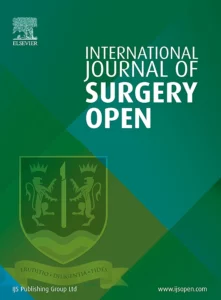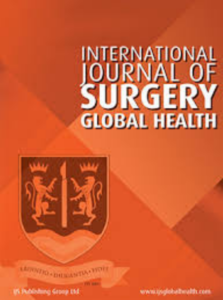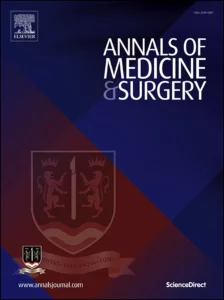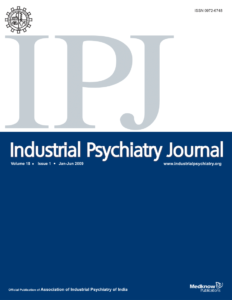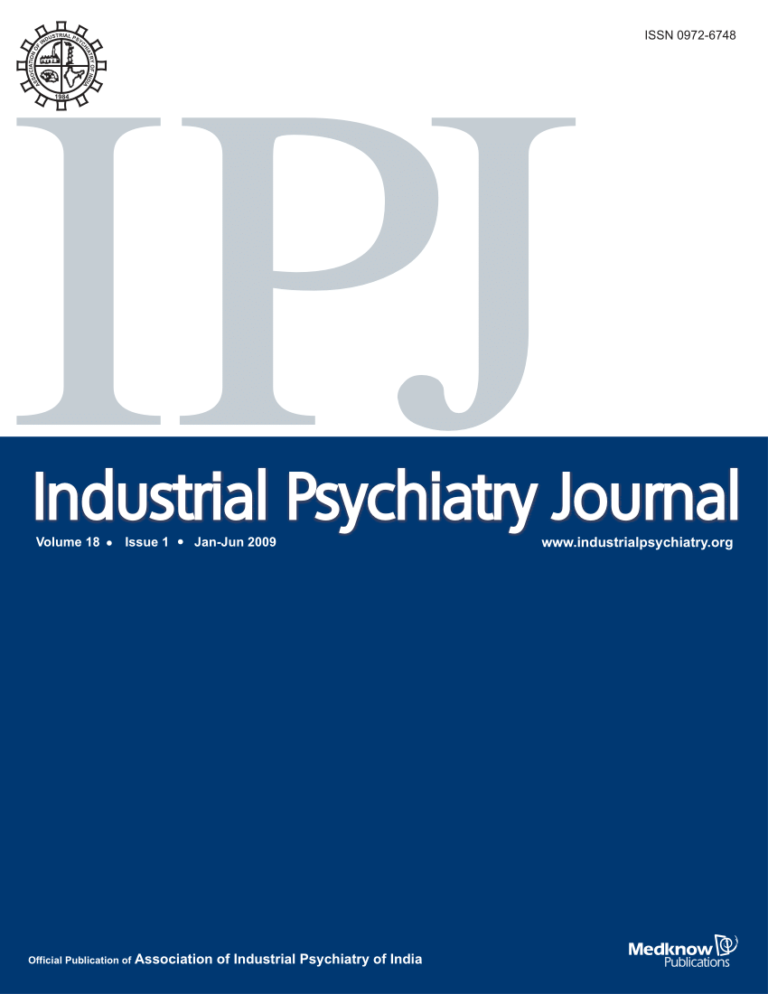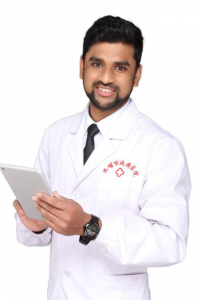Typhoid fever, a highly contagious acute infection caused by the gram-negative bacterium, Salmonella entericaserotype Typhi (S.typhi) [1].It is transmitted through faecal-oral route or through ingestion of undercooked food and water [1] (notably unboiled tap water) [2].Other associated methods include shedding of S.typhi by either an infected, or asymptomatic individual who has not maintained good hand hygiene, hence would result in contamination of new food and water [3] causing spread of typhoid to healthy individuals. S.Typhi commonly associated with prolonged fever ranging as high as 103–104 ◦F (39–40 ◦C) [4]. Other symptoms include headache, cough, extreme fatigue, constipation, loss of appetite and diarrhoea (the latter two occur in later stages of the infection) [5]. Symptoms typically arise 1 or 2 weeks after being infected [5] and if left untreated can result in intestinal and neuropsychiatric complications [6]. According to the World health organisation (WHO); 11–20 million typhoid cases are reported globally with mortality of 128,000–161,000 deaths per annum [7]. Bangladesh amongst many others is greatly impacted with incidence rates of 252 per 100,000 people affected yearly [8]. Children-especially immunocompromised [1], under five are remarkably more vulnerable as compared to older individuals [9]. Poor communities lacking clean food, water [1] and adequate sanitation are also prone [7]. Multiple climate factors like increased rainfall, river levels and temperature [10] has shown to increase typhoid distribution typically in Bangladesh that receives an average of 2,200 mm (mm) of rainfall per annum [11]. This causes a formidable strain on the water, sanitation, and hygiene infrastructures as problems like drain blockage and improper drainage of wastewater leads to contamination of shallow water sources; these are normally used in times of droughts and individuals living in rural areas or slums [12]. Moreover, escalation of typhoid cases is only exacerbated in densely populated countries like Bangladesh where individuals are exposed to a single contaminated source.
https://doi.org/10.1016/j.amsu.2022.104261

